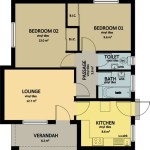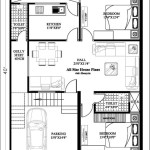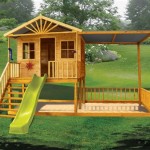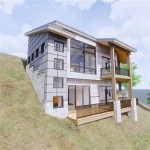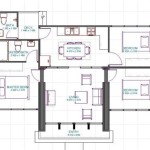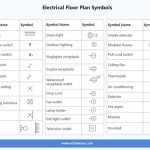Pyramid Home Floor Plans: Unlocking the Secrets of Ancient Architectural Ingenuity
For centuries, the iconic pyramids of ancient civilizations have captivated the imagination of architects and homebuilders alike. Combining structural brilliance with symbolic significance, pyramid home floor plans offer a unique blend of functionality and aesthetic appeal. Let's explore the essential aspects of this extraordinary architectural concept:
1. The Pyramid's Form: A Symbol of Stability and Strength
The hallmark of a pyramid home is its sloping sides, forming a triangular silhouette. This shape ensures structural stability, with the weight of the upper levels evenly distributed over the wider base. It also creates a sense of grandeur, evoking the monumental structures of ancient Egypt and Mesoamerica.
2. Interior Space: Maximizing Verticality
Pyramid homes utilize vertical space efficiently, creating a spacious interior despite their compact footprint. The sloping walls create a gradual transition between floors, offering ample headroom and natural light. The use of mezzanines and split levels further maximizes verticality, creating distinct living areas.
3. Ventilation and Natural Light: Harnessing Nature's Gifts
Pyramid home floor plans often incorporate large windows and skylights, taking advantage of the sloping walls. This allows for abundant natural light and ventilation throughout the interior. The windows can be positioned strategically to capture cross-breezes, promoting air circulation and reducing the need for artificial lighting.
4. Energy Efficiency: Embracing Passive Design
The pyramid's shape contributes to energy efficiency. The sloping walls create a thermal envelope that helps regulate indoor temperatures, minimizing heat loss in winter and heat gain in summer. The compact footprint also reduces the overall surface area, requiring less energy for heating and cooling.
5. Symbolic Value: Connecting with History and Culture
Beyond its architectural merits, pyramid homes hold symbolic significance. The pyramidal form has long been associated with power, stability, and longevity. Incorporating this design element into a home can evoke a sense of connection to ancient civilizations and their timeless values.
6. Modern Interpretations: Blending Tradition with Innovation
Contemporary architects have embraced the pyramid home concept, blending traditional principles with modern materials and techniques. Some designs incorporate sleek glass facades, while others utilize sustainable materials like bamboo or rammed earth. These innovative interpretations showcase the adaptability of pyramid home floor plans.
7. Design Considerations: Embracing Complexity
Designing pyramid homes requires careful consideration. The sloping walls and unique geometry pose challenges for conventional construction methods. It is essential to engage an experienced architect who can navigate the complexities and ensure structural integrity.
8. Building Materials: Exploring Diverse Options
A wide range of materials can be used to construct pyramid homes, from traditional stone and brick to modern composites. The choice of materials depends on factors such as budget, desired aesthetics, and local availability. Each material offers its own unique set of advantages and challenges.
9. Landscaping: Enhancing Harmony and Flow
The landscaping around a pyramid home should complement its architectural style and create a sense of harmony. Sloped gardens, terraced patios, and cascading water features can enhance the overall flow and aesthetic appeal. Native plants and local materials can further integrate the home into its natural surroundings.
10. Cost Considerations: Balancing Ambition and Budget
Pyramid home floor plans can vary significantly in cost, depending on the complexity of the design, materials used, and local building regulations. It is important to establish a realistic budget and work closely with an architect to optimize the design while staying within financial constraints.
Conclusion
Pyramid home floor plans offer a captivating fusion of ancient wisdom and modern ingenuity. By embracing the structural stability, space efficiency, and symbolic significance of the pyramid form, architects can create homes that are both functional and awe-inspiring. With careful consideration of design, materials, and landscaping, pyramid homes can become extraordinary living spaces that transcend time and inspire generations to come.

Pyramid House With Geofrey Collins Living Designs By Emma Scott Lavin At Coroflot Com

Pyramid House With Geofrey Collins Living Designs By Emma Scott Lavin At Coroflot Com

Therapeutic Pyramid S Architecture House Modern

Home Plans Pyramid Homes Inc

Scientific Consultors On Pyramid Construction And Geobiology Energy Is Terrestrial Magneti Architecture House Modern

Pyramid House Void Architecture Archdaily

Gallery Of Pyramid House Void Architecture 18

Original Pyramid Shaped Country House Built With Wood Homeplans

Pyramid Urban Homes Floor Plans Sector 70a Gurgaon

Radford 1903 Neoclassical Pyramid Roof Full Porch With Pediment Four Square Homes House Plans Sims

